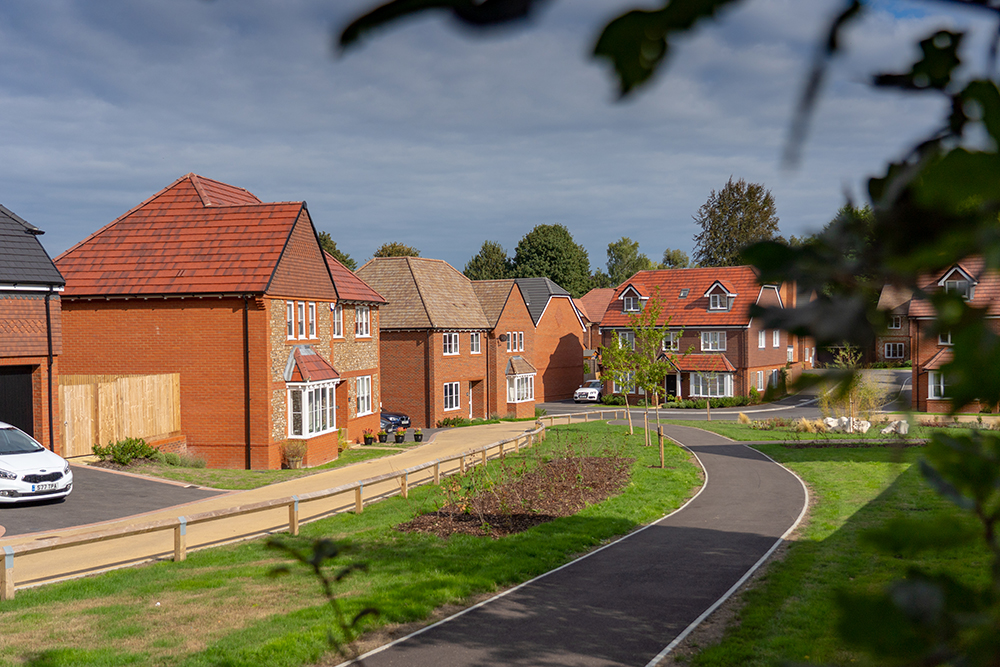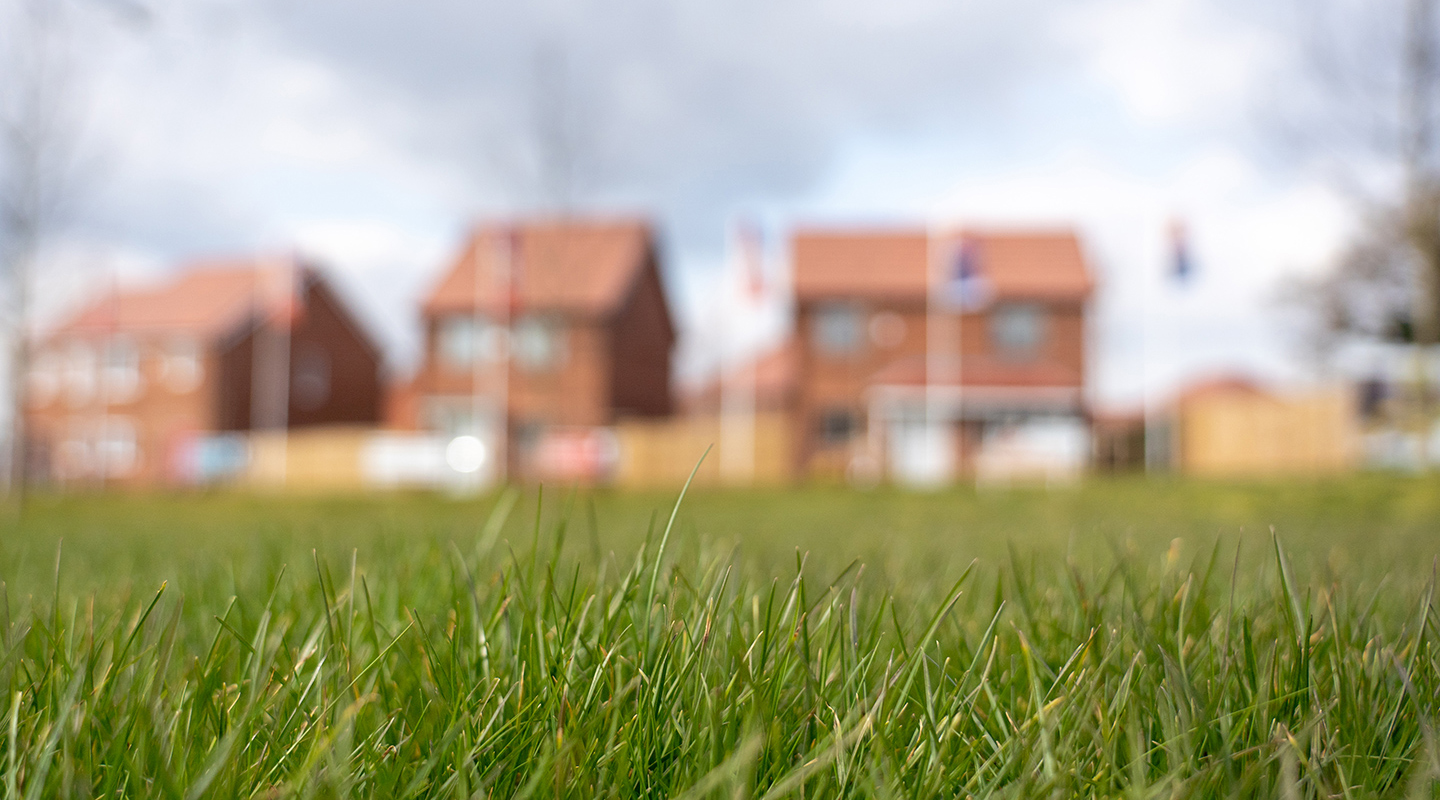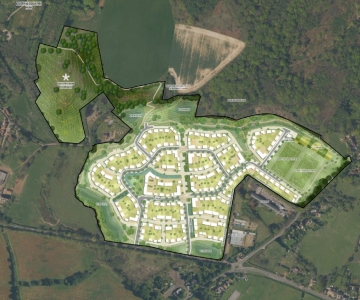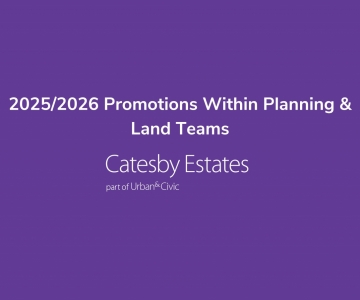How to ensure your land has the best chance of securing planning for new homes
It is true we are in the midst of a housing crisis and demand continues to outstrip supply, however not all sites are developable and quite often there are competing sites vying for a housing allocation.
So how do ensure your site stands out from the crowd and achieves that all important housing allocation in a Council’s Local Plan?
First of all, the site needs to be suitable for housing, this is not as black and white as it sounds as there are no fixed rules, but there are some key factors which make some sites more suitable than others.
Location, Location, Location - It's all about location for new homes
To coin a phrase, location is the most important factor when determining the suitability of a site as delivering sustainable development is at the heart of decision and policy making.
Each Council will set out a spatial strategy; those settlements with the greatest access to services and facilities such as schools, jobs, shops and public transport links will be considered the most suitable for housing. Smaller towns, villages and rural communities should also be allowed to grow to ensure their continued vitality.
Ideally there are existing facilities which new residents can access, however where there are gaps in services, development proposals could provide essential funding or provide the infrastructure required to improve the sustainability of the site. A lack of facilities is not necessarily an impediment to development, in fact a new development can be an opportunity to provide much need improvements.
Does your land adjoin the existing settlement edge?
New development should connect into the existing built form of the village or town.
However, where a larger number of houses are required consideration should be given to whether the land could form part of a wider development utilising adjoining land which better relates to the settlement edge.

Would housing on your land site impact the wider landscape?
The landscape impact of a development is a subjective matter which is open to considerable debate. Landscaping schemes and careful design can help soften the visual appearance of development, however land which is already well contained by existing trees and hedgerows will have a head start over those sites which are more open to the wider landscape.
Planning policy provides the highest protection to areas within National Parks and Areas of Outstanding Natural Beauty. Generally speaking, the South East is a very constrained area containing large areas of AONB (Area of Outstanding Natural Beauty), National Parks and Green Belt.
This provides particular opportunities to those sites which are not covered by these designations. Yet with the high level of housing need, Councils will need to deliver housing in these areas as well.
Other matters to consider is the proximity of the site to Listed Buildings and Conservation Areas. This doesn’t necessarily preclude development, but it is an important consideration when considering the suitability of the site.
Is the land site technically deliverable for new homes?
Can the site be accessed, and does it flood are also key? Does the site access onto a suitable road and can pedestrians safely access nearby facilities? If not proposals can provide highway improvements such as new accesses, pavements and road safety improvements.
With the focus firmly on sustainable transport new housing schemes are encouraged to provide improved and new pedestrian and cycle links for the benefit of everyone.
Flooding is another hot topic. New proposals are required to show that the site when developed will not be at significant risk of flooding and will also not increase the risk of flooding elsewhere. However, where there are existing problems new drainage systems can also be designed to reduce the risk of flooding both on and off site.

Work with local stakeholders when bringing forward new homes
Your site can have all the attributes but unless the Council know it is available then it is unlikely to get allocated.
Councils will run ‘Call for Sites’ when preparing their Local Plans, this provides landowners with the opportunity to inform the Council that their land is available for development.
You should also check whether a Neighbourhood Plan is being proposed for the area as this can allocate housing sites.
The focus can often be on the negative impact new housing can have but there is so much new development can bring to a community. It can provide affordable homes, new community facilities, essential funding for key services and infrastructure, as well as environmental benefits such as energy efficient homes, new wildlife habitats and new and improved sustainable transport measures.
Early discussions with key stakeholders such as local community groups and parish or town councils can help identify key issues the community faces and their aspirations for the future. Proposals which are built on cooperation and communication with a community are far more likely to succeed than those which shy away from engagement.
Rarely does a site tick all the boxes but the key to success is highlighting its strengths and finding ways to resolve its weaknesses. This then needs clearly relaying to the Council and local community to ensure your site stands out from the crowd.
Could your land have development potential?
Find out more about Victoria Groves – Associate Planning Director
Thinking about promoting your land for future development?
We are actively seeking strategic land sites across the country. With a proven track record and strong success rate, landowners are invited to contact us for a no obligation appraisal.




